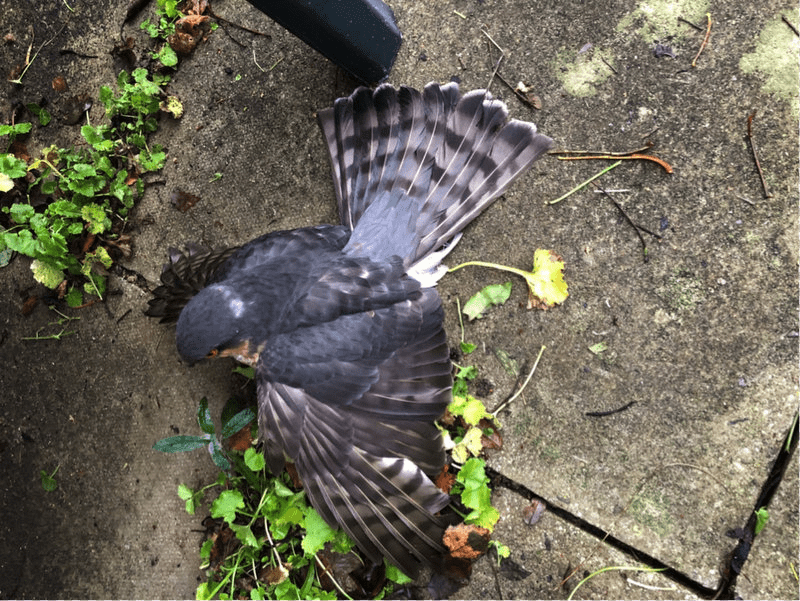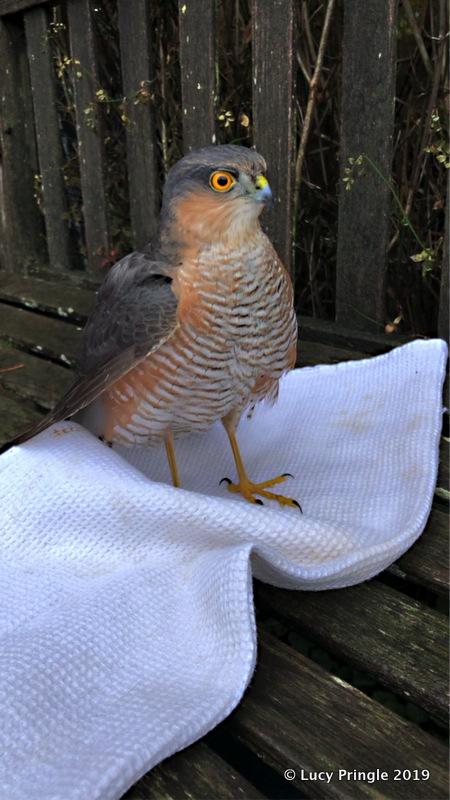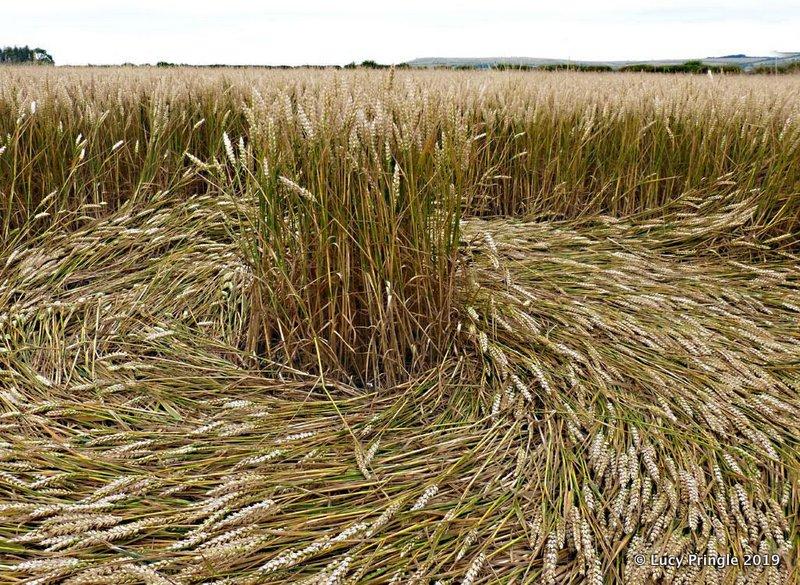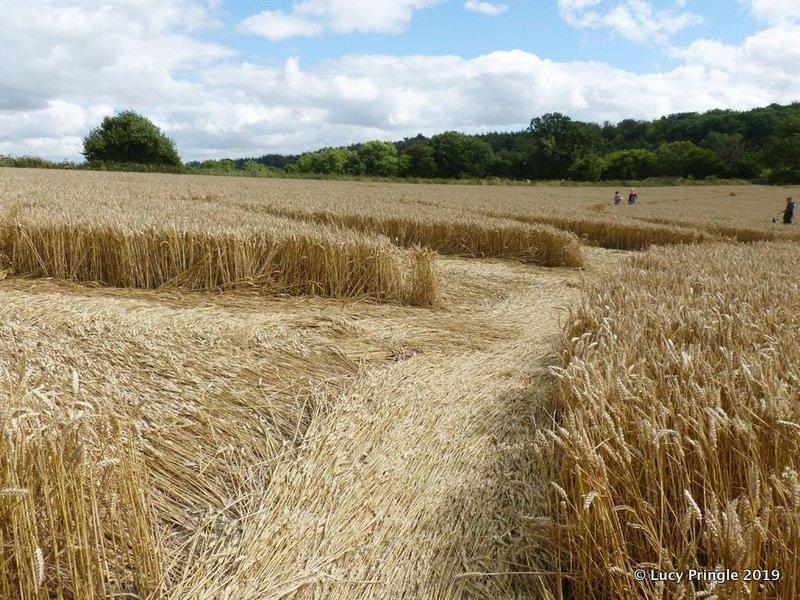A big 2019 welcome to you and a big welcome to 2019 worldwide.
I do not know how 2018 was for you? I found it to be a real roller coaster of a year; testing and quite devastating at times, and then wonderful new friendships appearing out of the blue with unexpected and extreme kindness. A year of learning and counting one's blessings.
I found this little anonymous poem:
Life is a book in volumes three –
The past, the present, and the yet-to-be.
The past is written and laid away,
The present we’re writing every day,
And the last and best of volumes three
Is locked from sight — God keeps the key.
If one looks at numerology, 2019 adds up to three. I love number three.
It represents the Holy Trinity, and Daniella Schoeman tells us each number is unique in its specific vibration.
The Pythagoreans taught that the number three was the first true number.
Three is the first number that forms a geometrical figure – the triangle.
Three was considered the number of harmony, wisdom and understanding.
Three is the number of time: Past Present Future
Three is the number of the divine.
It is considered a sacred number in almost all ancient cultures and even most modern religions.
So even when things look bad - and certainly in the UK, we are in a mess with the endless Brexit debates - I believe we might consider the symbolism of when the sun lurking behind the clouds is all ready to shine through at any given and unexpected moment, shining light and banishing the darkness. Light always wins in the end.

It is hard to believe Christmas was less than a month ago. I had a particularly joyous one as my elder son from Sydney came over and spent a couple of weeks with me. His lovely girlfriend Celeste joined us and we spent a very happy time with my sister for two nights. Our traditional Christmas always has a few unexpected twists to it and this year was no exception, causing great merriment and jollity.
I am going to tell you about a magical experience. One day when I was out, my son was sitting at the kitchen table when he was startled by the sound of a tremendously loud bang; looking towards the window he could see that something had hit it; so loud was the bang that he felt sure that the impact should have shattered the glass. He went outside and found a falcon (it turned out to be a merlin, which are seldom seen these days) lying unconscious on the ground. He has a special and unique affinity with birds and he gently picked it up - and was surprised to find it was no bigger than a blackbird - and he laid it on a cloth on the wooden garden seat. He managed to take some photographs (see below). He watched it come round, and all of a sudden - whoosh - it had flown away; thankfully uninjured. Sloane thinks that it had probably been following a smaller bird which had been able to swerve away before hitting the window, but the merlin hadn’t.


As the days get longer, so the birdsong changes and you see birds starting to pair together in preparation of bringing forth their annual brood of chicks. It is also approaching the Celtic Festival of Imbolc celebrated on the 1st/2nd February.
We are told that it is '...associated with the coming again of light and life, Imbolc (pronounced ‘im’olk’) was important to the Celts. For them the success of the new farming season was of great importance. As winter stores of food were getting low Imbolc rituals were performed to harness divine energy that would ensure a steady supply of food until the harvest six months later.
Like many Celtic festivals, the Imbolc celebrations centred on the lighting of fires to celebrate the increasing power of the Sun over the coming months. Originally, the fires were then used to burn the Yule decorations and other discarded items (from this we get our tradition of spring cleaning). We now remove our Christmas decorations after twelve days but in earlier times, celebrations lasted from Yule until Candlemas. Torches and candles were lit from the Yule Log and carried in procession around the community. It was also the holy day of Brigid (also known as Brigit, Bride, Brid) the Goddess of fire, healing and fertility. Christianity changed this to St Bridget’s Day, and Candlemas became the Purification of the Virgin Mary, when worshippers offer lighted candles in her honour, blessed and sprinkled with holy water and carried in procession.
Imbolc is still a special time for Pagans. As people who are deeply aware of what is going on in the natural world they recognise that there is strength in cold as well as heat, death as well as life. Many feel that human actions are best when they reflect the actions of nature, so as the world slowly springs back into action it is time to carry out the small tasks that are neglected through the busy times of the year. Rituals and activities might include the making of candles, planting spring flowers, reading poetry and telling stories.'


It is also a time of thinking about the forth coming summer; crop circle tours etc. In addition, I hope to be able to arrange helicopter flights for those who would like to share the experience with me.
The crop circle tour days are the 23th July and the 1st August. The tour on Tuesday 23th July ends with the optional extra of the wonderful private entry evening visit to Stonehenge. This is memorable in every way; getting up close to - but not touching the stones (which is prohibited) - is a magical experience as you soak up the energies of the giant megaliths and see the majestic sight of the sun setting behind the stones.
The tour on Thursday 1st August ends with an equally but totally different experience - flying over the circles we have already visited on the ground earlier that day and including some of the most important sacred sights such as Silbury Hill and the famous Avebury stone complex.
My exciting forthcoming book, written with scientist Jim Lyons, is just about going to print and will be ready in June.
I still have a very few wonderful 2019 calendars left but if you would like one you do need to
order quickly. It is the only calendar to have a picture of the famous Martinsell Hill formation, courtesy of Nick Bull, one of only three photographers who managed to capture a picture of it before it was harvested out. It is a quite unique formation and as geometer Michael Glickman writes: 'I have been drawing the circles now for nearly thirty years and I was astonished by the skill and precision embodied in Martinsell Hill. It is, in my view, one of the top ten (maybe five!) formations we have received. But perhaps I am prejudiced!
It contains 28 pentagrams and 140 precisely formed isosceles triangles, each with a prime angle of 36 degrees, which automatically generates the golden section.
Any suggestion that this meticulous and majestic crop formation might be man-made is bizarre to the point of lunacy.'
I wonder what will arrive in the fields to delight and thrill us summer???
With my love and best wishes to you,
Lucy.
